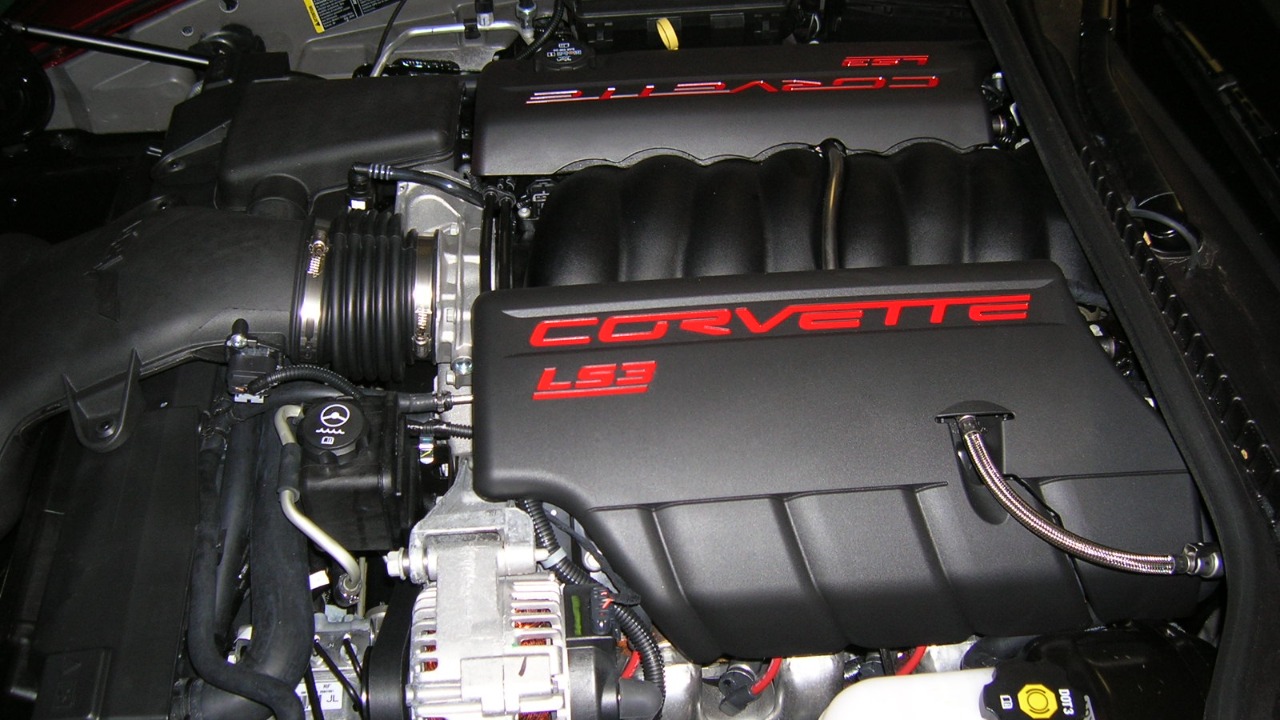
LS engines, a staple in General Motors vehicles since their inception, incorporate steam tubes as a crucial part of their cooling systems to manage heat accumulation. These tubes have been the subject of recent analysis and discussion, with some questioning their necessity for optimal performance, while others offer custom solutions for specific installation needs. To understand the role of specialized tubing in high-performance engines, one can look at the function of pitot tubes in Formula 1 cars, which serve a measurement function, demonstrating how automotive engineering utilizes tubes for precise roles.
What Are Steam Tubes in LS Engines?
Steam tubes are small passages or lines integrated into the cylinder heads of LS engines. Their primary function is to vent steam and air pockets from the cooling system, thereby preventing hot spots and ensuring an even flow of coolant. These tubes are typically constructed using braided stainless steel or similar materials to withstand high temperatures. They connect specific ports on the heads and often route to the radiator or expansion tank. Companies like Earl’s Performance Plumbing offer custom LS steam tube solutions, allowing for specific installation needs.
The Role of Steam Tubes in Cooling Efficiency
Steam tubes play a significant role in addressing vapor lock, a condition that can occur in high-heat areas near exhaust valves. By allowing steam to escape, these tubes maintain coolant contact with engine surfaces, thereby enhancing cooling efficiency. They also reduce the risk of detonation during high-load conditions, such as racing or towing, by stabilizing temperatures. As highlighted in a recent examination of LS engine designs, these tubes contribute to overall thermal management without requiring additional modifications.
Why LS Engines Specifically Require Steam Tubes
LS engines are known for their aluminum block and head construction, which conducts heat rapidly and generates more steam compared to their iron-block predecessors. This rapid heat conduction necessitates dedicated venting, provided by the steam tubes. The compact, high-output design of LS series engines, ranging from the 4.8L to 7.0L variants, further amplifies the need for steam evacuation to avoid localized boiling. A 2019 debate on the necessity of steam tubes affirmed that their omission in stock or modified LS builds could lead to uneven cooling and reduced engine longevity.
Installation and Customization Options for Steam Tubes
In standard factory installations of GM LS engines, steam tubes are pre-routed from head ports to the thermostat housing or surge tank. However, aftermarket adaptations are available for specific applications, such as engine swaps or performance upgrades. Companies like Earl’s Performance Plumbing offer custom LS steam tube solutions to cater to these needs. Common challenges, such as routing in tight engine bays, can be addressed using solutions like flexible tubing to maintain function without leaks.
Common Myths and Realities About Steam Tubes
There is a common misconception that steam tubes are unnecessary in modern engines equipped with advanced thermostats. However, performance testing specific to LS engines has debunked this myth. Steam tubes are distinct from other cooling aids like bleeder valves, as they focus on proactive steam purging rather than post-install bleeding. Drawing an analogy to precision tubing in motorsports, such as the use of pitot tubes in F1 cars for airflow measurement as noted on September 20, 2025, illustrates the specialized engineering involved, without implying direct equivalence.
Performance Impacts of Proper Steam Tube Use
Dyno results have shown improved power consistency and lower head temperatures in LS engines with intact steam tubes during sustained operation. These tubes also contribute to long-term benefits, including extended engine life and reduced warranty claims in Original Equipment Manufacturer (OEM) applications. The core question posed in a recent article on why these tubes are integral to LS reliability under varying conditions underscores their importance in maintaining engine performance.
More from MorningOverview